Environ in French means to encircle, and everything that surrounds an organism is understood to be its environment. Environmental science is basically a branch of biology and it examines the effect of human beings on the environment, as well as the relationships between the environment and the organisms living within it. It is a multidisciplinary science, and the environmental scientist integrates and makes use of many other branches of science including biology, soil science, physics, chemistry, ecology, geology, and geography, as well as quite a few other branches of science. The environmental scientist is concerned with all the impacts of human activities on earth and its biodiversity. Environmental scientists were not much known publicly before the 1960s but their work came into prominence after some great publications, like Rachael Carson’s famous environmental book Silent Spring, and after the public knowledge of some environmental issues like the 1969 Santa Barbra oil spill.
1. Rachel Carson
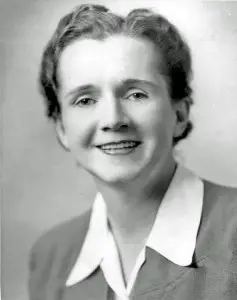
Rachel Carson was born to Maria Frazier and Robert Warden Carson on May 27, 1907 in Springdale, Pennsylvania, U.S. and died on April 14, 1964 at the age of fifty-six years, in Silver Spring, Maryland, U.S. She is best known for her book Silent Spring, published in 1962. She is also known for her bestselling book The Edge of the Sea. Although she was opposed by the synthetic pesticides producers, her book caused two major decisions of historical importance, being the ban on DDT and formation of U.S. Environmental Protection Agency. Jimmy Carter awarded her posthumously the Presidential Medal of Freedom.
2. Dame Jane Morris Goodall
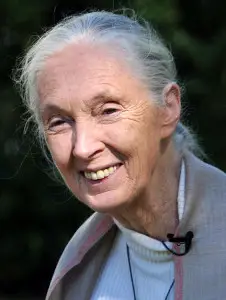
Dame Jane Morris Goodall DBE was born to Herbert Morris-Goodall and Margaret Myfanwe Joseph on April 3, 1934 in London. She is a multidisciplinary environmental scientist and is better known as a primatologist, ethologist, and anthropologist. She is a UN Messenger of peace. She is the world number one specialist on chimpanzees and is best known for her forty-five years study of the wild chimpanzees in Gombe Stream National Park of Tanzania. She is the founder of the world famous Jane Goodall Institute. She developed the lasting interest in chimpanzees since her early childhood, when she was presented a stuffed toy chimpanzee. About that toy, which she still retains with her, she remarked, ‘My mother’s friends were horrified by this toy, thinking it would frighten me and give me nightmares.’ Goodall is the eighth exceptional person to study and receive a Ph.D. at the Cambridge University, without first having a bachelor’s degree. Based on her five years research at the Gombe reserve, she wrote her thesis, titled Behavior of the Free-Ranging Chimpanzee.
3. Dr. James Hansen
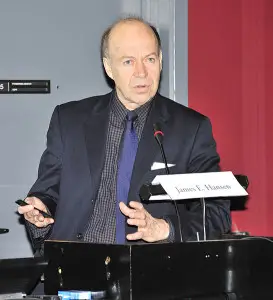
Dr. James Hansen was born to James Ivan Hansen and Gladys Ray Hansen on March 29, 1941 in Denison, Iowa, U.S. He received his bachelor’s degree in Physics and Mathematics, M.Sc in Astronomy and Ph.D. in physics from the University of Iowa. From 1962 to 1966 he participated in a NASA graduate traineeship. He is best known for his work in climatology and for his testimony to Congressional Committee on climatic change in 1988. This contributed towards enhancing awareness about global warming. Based on the meteorological data analysis from 1880 to 1985, he established that in the past century the mean temperature of the globe has increased by 0.5 to 0.7 C and that according to the 2006 update, the temperatures are 0.8 C warmer than the past century. His first study of NASA global temperature analysis was published in 1981. In 2009 he published his book Storms of My Grandchildren.
4. Philip Weller
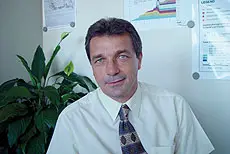
Philip Weller is a Canadian environmental scientist. Since 2003, he has been the executive secretary of the International Commission for of the Protection of the Danube River. He was born in 1956 and he received his Masters degree in Urban and Regional Planning from the University of Waterloo, Canada. He served as director of Great Lakes United and as program director of WWF International, and of the Danube Carpathian Programme in Austria. He has also worked as consultant in Canada. He was appointed as a member of the Baia Mare Task Force in 2003. He has authored many books on environmental science including Freshwater Seas, which is a history of the Great Lakes of North America.
5. John Hartley Lawton

John Hartley Lawton was born on September 24, 1943. Since his early childhood, he was interested in birds and was a member of the Young Ornithologists Club. He received his Ph. D from the University of Durham in 1969. He is a British Ecologist and chairs the Yorkshire Wildlife Trust. He has volunteered for the RSPBs Operation Osprey at Loch Garten. He served as demonstrator in the Zoology department at the University of Oxford. His main interest has been in impact of global environment change on the population of birds and insects. He played a pivotal role in the establishment of The Royal Society for the Protection of Birds.
6. Marjory Stoneman Douglas
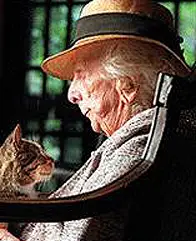
Marjory Stoneman Douglas was born to Frank Bryant Stoneman and Lillian Trefethen on April 7, 1890 in Minneapolis, Minnesota, U.S. and died on May 14, 1998 at the age of 108 years in Coconut Grove, Miami, Florida. She was an environmental scientist, journalist, and feminist. She is best known for her active resistance against drainage of the Everglades to reclaim land for development. She is known for her book The Everglades: River of Grass, published in 1947. It created awareness about the importance of seeing the Everglades as a valuable river, instead of taking it for a waste swamp. Her book is considered as influential as Carson’s Silent Spring.
7. Peter Newman
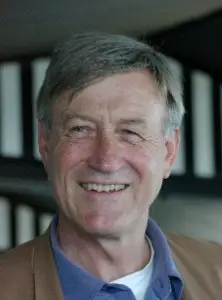
Peter William Geoffrey Newman, commonly known as Peter Newman, was born in 1945 and is based in Perth, Australia as an environmental scientist, author, and educator. He received his Ph.D in Chemistry from the University of Western Australia and completed his post doctoral studies in environmental science at Deft University. He is best known for introducing the term automobile dependence and had been involved in the renovation of the Perth railways since 1969. The Perth Rail system is considered a model for the car-dependent cities to devise a more sustainable transport system. He is known for his book Cities as Sustainable Ecosystems: Principles and Practices, which he coauthored with Isabella Jennings.
8. John Muir
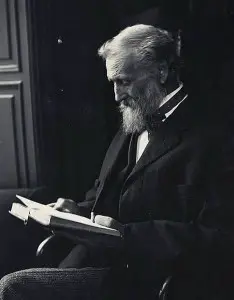
John Muir was born to Muir and Ann Gilrye on April 21, 1838 in Dunbar, East Lothian, in Scotland and died on December 24, 1914 at the age of seventy six years, in Los Angeles, California. He was a Scottish-born American naturalist and author. He is best known for his advocacy regarding the preservation of the American Wilderness. In acceptance of his petition the U.S. Congress passed the 1890 bill, which resulted in establishment of Yosemite Valley and Sequoia National Park. He is remembered as an ecological thinker, and many important locations have been named in his honor, including the John Muir Trail, Muir Woods National Monument, Muir Beach, John Muir College, Mount Muir, Muir Glacier, and Camp Muir.
9. Aldo Leopold
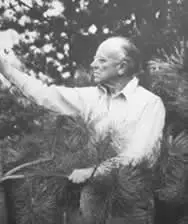
Rand Aldo Leopold was born to Carl Leopold and Clara Starker on January 11, 1887, in Burlington, Iowa, U.S. and died on April 21, 1948 at the age of sixty one years in Baraboo, Wisconsin, U.S. He was an American environmental scientist, ecologist, author, and forester. He is best known for his book A Sand Country Almanac, of which more than two million copies were sold. He is considered the founder of wildlife management. He was at first assigned to hunt and kill bears, wolves, and mountain lions in New Mexico in accordance with prevalent philosophy of human dominance. Leopold developed ecological ethics, giving respect and importance to the predators, which afterwards returned to their original habitat.
10. Julia Hill

Julia Lorraine Hill, nicknamed Butterfly, was born to a traveling preacher, Hill, and his wife Kathy on February 18, 1974 at Mount Vernon, Missouri, United States. She is an environmental scientist best known for living in an eighteen-hundred feet tall and fifteen-hundred year old California Redwood tree. She lived in the tree which was dearly known as Luna. Starting from December 10, 1997 to December 18, 1999, she lived in it for 738 days. Her object was to prevent the Pacific Lumbar Company from cutting it down.
Conclusion:
Of the three relationships, parasitic, saprophytic, and symbiotic, the last one is the best kind of relationship on account of its being a win-win case. The only way for human beings to live sustainably is through development, and the repercussions of rapid development are depleted and meager resources for the generations to come.








Leave a Reply